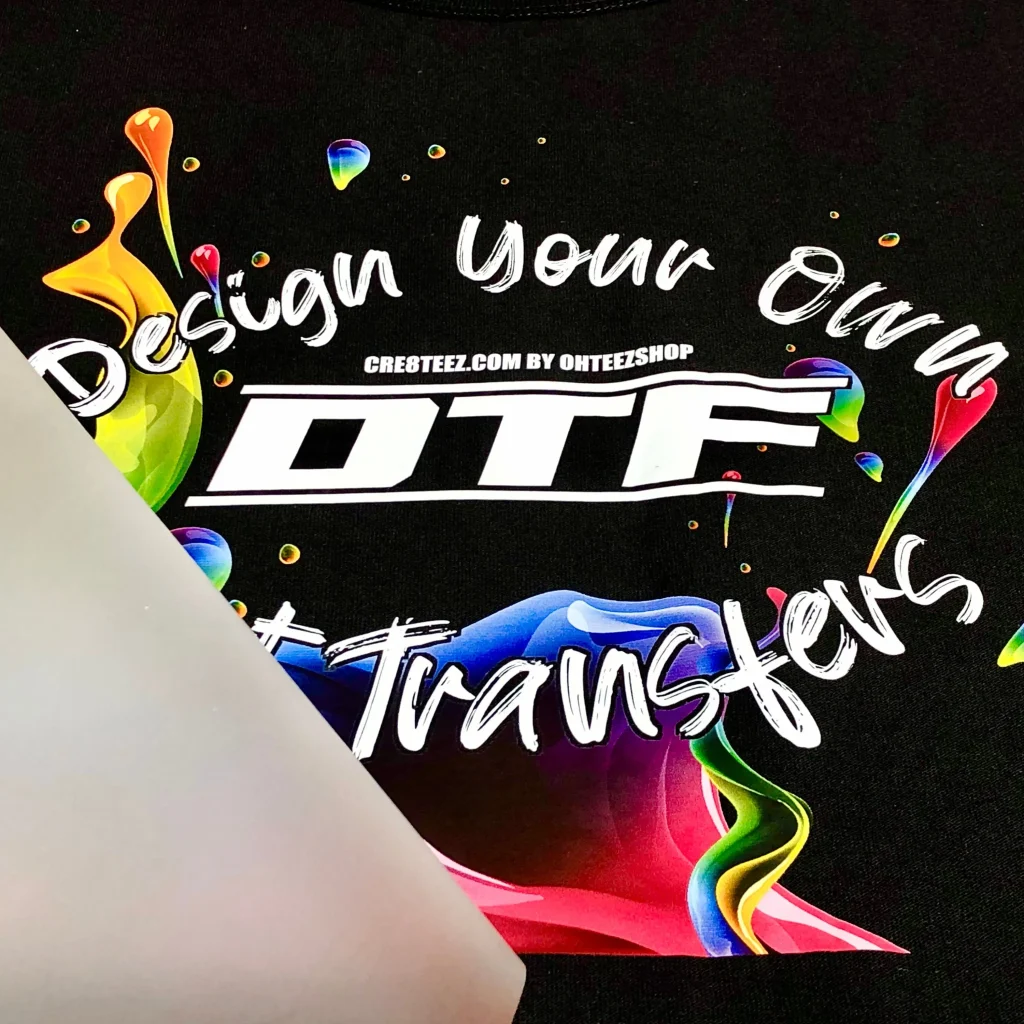DTF Transfer, or Direct-to-Film transfer technology, is rapidly changing the landscape of the printing industry, particularly for custom apparel production. With its ability to produce vibrant and durable prints, understanding the DTF printing process is imperative for businesses and creators eager to stay competitive. The cost of DTF transfers is often more favorable in the long run compared to traditional methods, positioning it as an attractive option for both small startups and large enterprises. Moreover, the DTF benefits extend beyond mere economics; it offers versatility in materials, accommodating various fabrics and ensuring high-quality output regardless of medium. As a sustainable printing technology, DTF enhances eco-conscious branding, making it an essential investment for those committed to innovative and responsible manufacturing.
When we talk about Direct-to-Film transfer technology, we are referring to a groundbreaking approach to printing that facilitates high-quality designs onto various fabrics. This printing method, often labeled as DTF printing, allows for a more extensive application that includes custom apparel and promotional materials. Exploring the intricacies of this method sheds light on its cost-effectiveness, especially when weighed against traditional printing techniques. Additionally, the environmental impact of this process, often identified under sustainable printing solutions, has positioned DTF as a forward-thinking choice for brands aiming to reduce their ecological footprint. Embracing DTF transfer technology means tapping into a versatile and robust framework that meets a wide range of printing needs.
An Overview of the DTF Printing Process
The Direct-to-Film (DTF) printing process is an innovative method designed to produce high-quality prints on a wide range of fabrics. At its core, DTF involves creating a digital design that is printed onto a specialized film. This film is then processed using a unique adhesive that bonds securely to the fabric upon heat application. This workflow not only allows for a greater variety of materials—ranging from cotton to more challenging fabrics like polyester blends—but also facilitates the replication of intricate designs with vibrant colors. The integration of technology in this process proves essential in ensuring consistent quality from the first print to the last.
One of the standout features of the DTF printing process is its adaptability, which allows businesses to diversify their product offerings. Whether creating promotional clothing, custom apparel for events, or unique fashion pieces, this method accommodates various needs and specifications. The precision of printing technology in DTF printing ensures that every detail of the design is captured flawlessly. Subsequently, users can expect a final product that is not only aesthetically pleasing but also durable enough to withstand regular wear and tear.
Frequently Asked Questions
What is the DTF printing process and how does it work?
The DTF printing process involves printing designs onto specialized transfer film, then heat-pressing the film onto various fabrics. This technology allows for vibrant colors and the ability to use it on both light and dark materials, making it versatile compared to other methods like Direct-to-Garment (DTG).
What are the costs associated with DTF transfers?
The costs of DTF transfers include the initial investment in equipment (ranging from a few thousand dollars for printers), consumables like transfer films and inks, and maintenance expenses. However, DTF can offer considerable savings over traditional methods due to its efficiency and quality output.
What are the benefits of using DTF transfer technology for custom printing?
DTF transfer technology provides numerous benefits, such as versatility to print on various fabrics, sustainability by reducing waste, and durability of prints. Additionally, it is cost-effective for bulk orders, making it ideal for businesses aiming to produce custom apparel.
How does DTF transfer technology compare to other printing methods?
DTF transfer technology stands out because it allows for high-quality prints on a wider variety of fabrics than methods like sublimation or DTG, particularly on dark materials. It also combines vibrant color output with durability, offering a compelling option for custom printing.
Is DTF transfer printing considered a sustainable printing technology?
Yes, DTF transfer printing is viewed as sustainable due to its reduced waste and efficient use of materials. As companies seek eco-friendly solutions, DTF offers a cleaner printing alternative that can enhance a brand’s sustainability efforts.
Can individuals or small businesses afford the setup for custom DTF printing?
Yes, the accessibility of DTF transfer technology allows individuals and small businesses to affordably enter the custom printing market. With platforms providing user-friendly DTF printers and supplies, even those with minimal experience can efficiently produce high-quality prints.
| Key Aspect | Details |
|---|---|
| What is DTF Transfer? | A printing technology that transfers designs from a film to various fabrics using heat and adhesive. |
| Process Steps | 1. Design Creation: Using graphic software. 2. Printing: High-quality inks on specialized film. 3. Adhesive Application: Heat-activated powder on wet ink. 4. Curing: Melting adhesive powder to bond with film. 5. Transfer: Applying film to fabric using heat press. |
| Cost Factors | 1. Initial Equipment: DTF printer cost varies. 2. Consumables: Films, inks, adhesive powders. 3. Maintenance: Regular care for optimal performance. 4. Labor: Efficiency saves costs in production. |
| Benefits of DTF Transfer | 1. Versatility: Works on various materials. 2. Sustainability: Cleaner than traditional methods. 3. Vivid & Durable Prints: Maintains quality through washes. 4. Cost-Effective for Orders: Efficient bulk printing. 5. Accessibility: Platforms available for small businesses and crafters. |
Summary
DTF Transfer is a groundbreaking technology that’s reshaping the landscape of custom printing. With its ability to deliver vibrant, durable designs on a wide array of fabrics, businesses are increasingly turning to DTF transfer as a versatile and sustainable option. This method not only enhances productivity but also reduces waste, making it an eco-friendly choice. As the demand for quality custom apparel continues to rise, understanding the benefits of DTF transfer technology will empower brands to meet market expectations and stay ahead of competitors. By integrating DTF transfer into their operations, companies can unlock new creative possibilities and drive growth in an ever-evolving industry.



